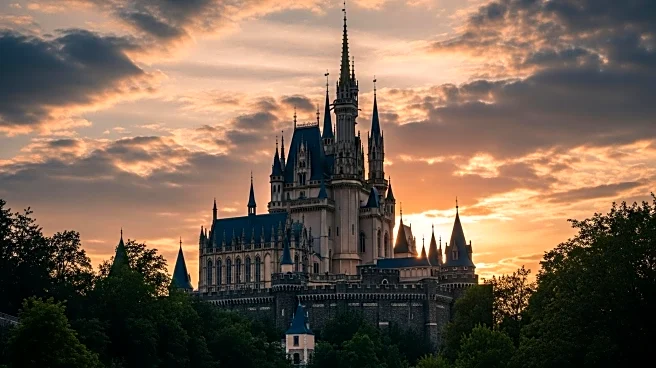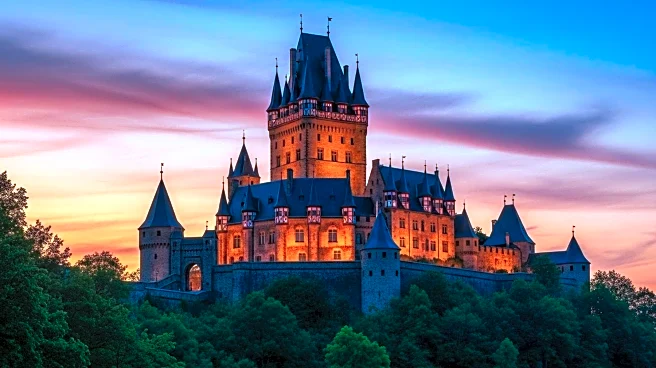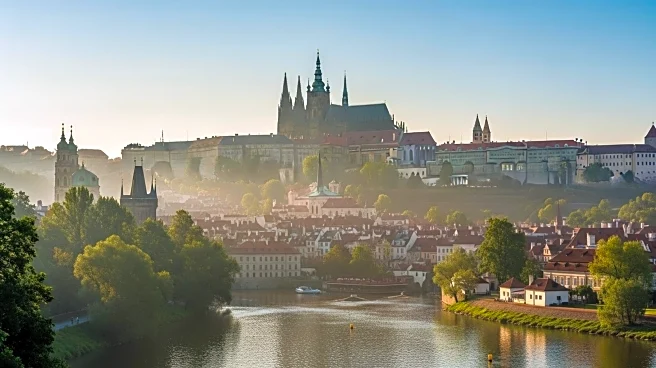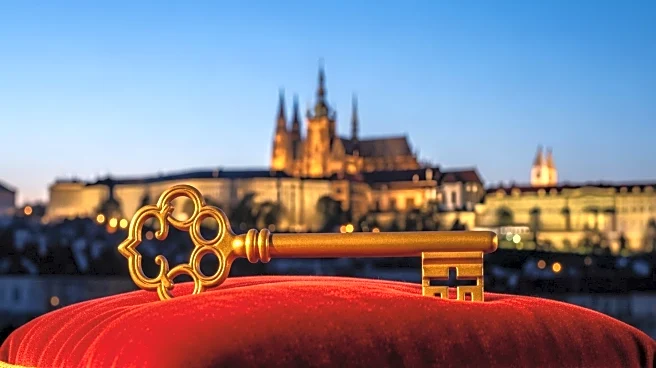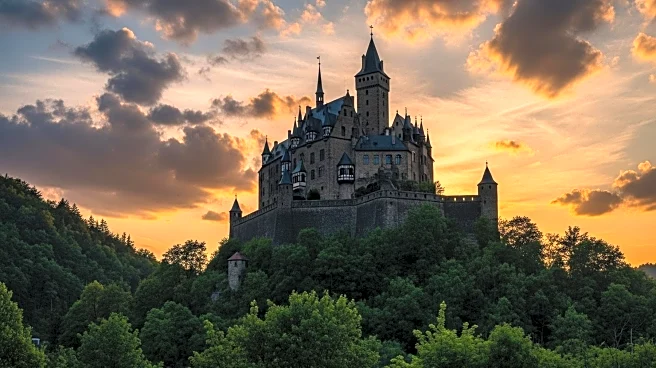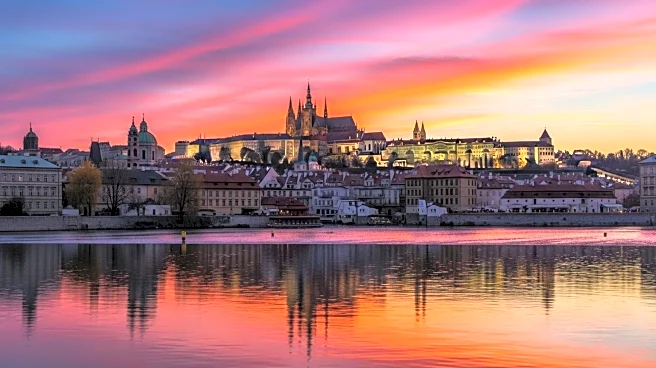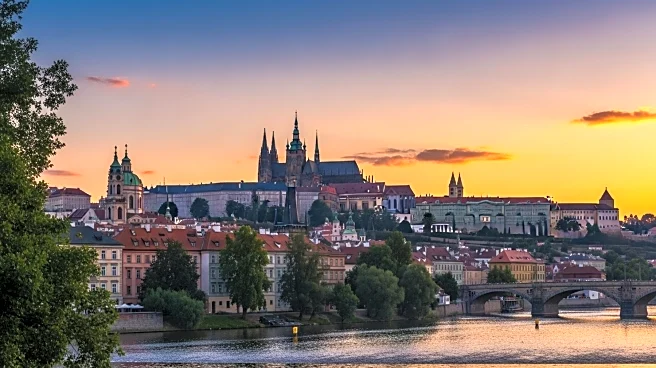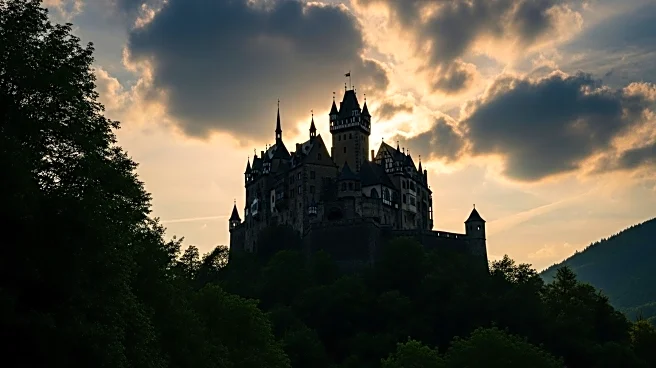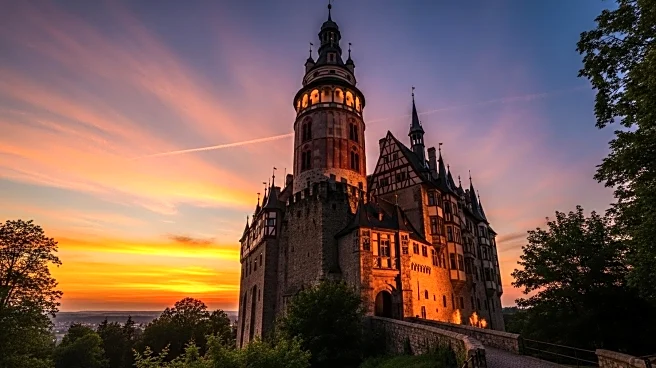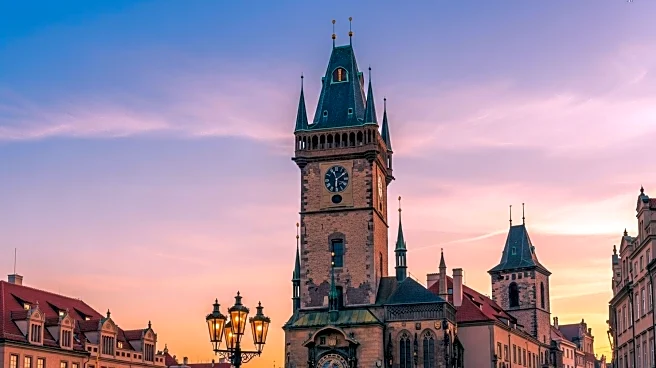Prague Castle has been a center of leadership for centuries, serving as the seat of power for various rulers and presidents. Its strategic location and architectural grandeur have made it a symbol of authority and governance. From Bohemian kings to modern-day presidents, the castle has witnessed numerous leadership styles and decisions that have shaped the Czech Republic's history.
Leadership Context
The leadership context of Prague Castle is rooted in its historical role as the seat of power for Bohemian kings and Holy Roman emperors. It has been the official residence of Czech presidents, including Miloš Zeman since 2013. The castle's strategic location in Prague has made it a focal point for political decisions and governance, influencing the country's direction over centuries.
Decisions and Strategies
Throughout its history, Prague Castle has been the site of critical decisions and strategies. During World War II, Hitler used the castle to proclaim Bohemia and Moravia as a German protectorate, demonstrating its strategic importance. The construction of St. Vitus Cathedral within the castle complex was a strategic decision that enhanced its architectural significance. These decisions reflect the castle's role in shaping national and international politics.
Outcomes and Accountability
The outcomes of leadership decisions at Prague Castle have had lasting impacts on the Czech Republic. The castle's role during World War II affected the country's political landscape, leading to significant historical changes. The architectural developments within the castle complex have contributed to its status as a cultural heritage site. These outcomes highlight the accountability of leaders who have governed from this historic location.
Lessons for U.S. Audiences
For U.S. audiences, Prague Castle offers lessons in leadership and governance. Its history provides insights into the complexities of political decision-making and the impact of leadership on national identity. The castle's architectural evolution demonstrates the importance of strategic planning in cultural preservation. These lessons are relevant for understanding global political dynamics and the role of leadership in shaping history.
 Discover Daily • 9 min read
Discover Daily • 9 min read 